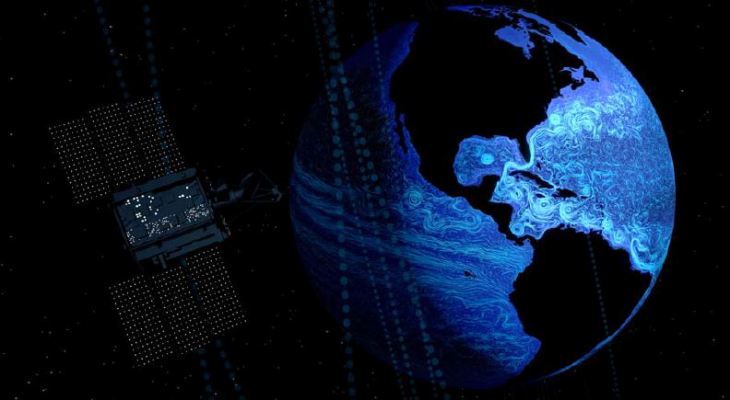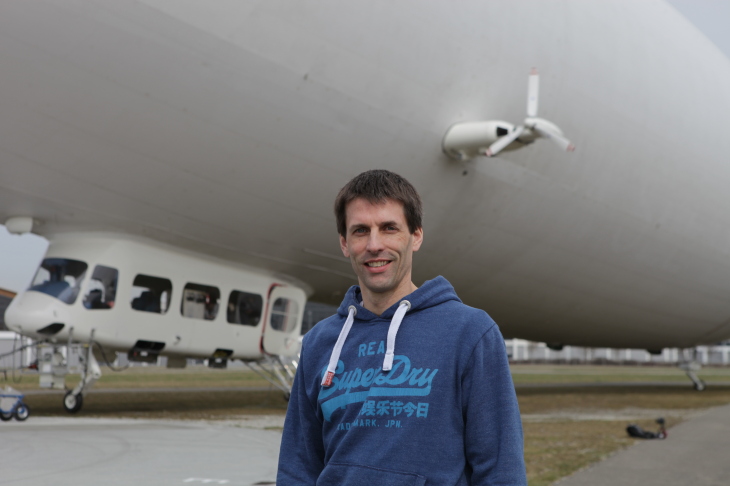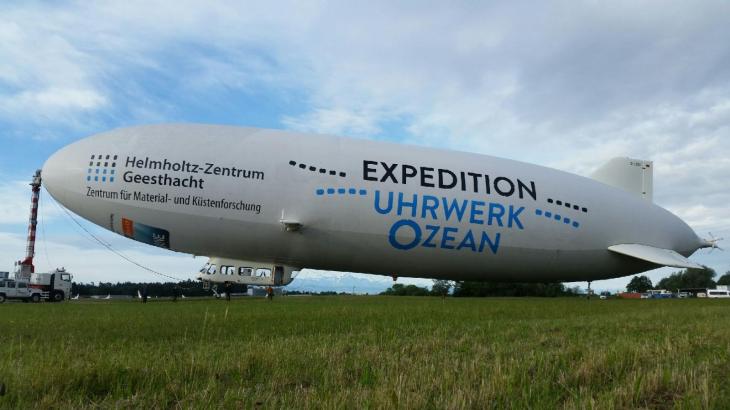The Science
The view of our blue planet is shaped by satellite images. The images depict the complex dynamics of a yet fully understood habitat. The global ocean currents transport enormous water masses through rhythms of winds and tides, influencing global climate and the ocean’s biology. Like clockwork gears, massive eddies are closely interlocked with ocean currents.
Mostly hidden from satellite view however, countless small eddies also turn near the water's surface. They usually range from approximately one hundred meters to ten kilometres in size and often only exist from a period of a few hours to up to one day.

Turbulence and friction form as they intensively mix the water. Hence, these small and rarely studied gears enormously influence the ocean’s circulation and food chain. We do know quite a lot. Numerous questions, however, still remain:
How important are these small eddies for global climate?
How can fish orient themselves over long distances by means of temperature when numerous eddies lie on their route?
What relationship exists between the small eddies and the phytoplankton, such as microscopically small algae?
The Eddy Hunters

In order to answer these fundamental questions, the “eddy hunters” develop very fast and extremely high resolution observational methods that they employ on aircraft from above and on research vessels in the water.
The small eddies develop and collapse within a few hours and can only be detected with difficulty on the water’s surface. Direct on-site measurement has only recently been achieved by an international team of researchers, led by oceanographer Prof. Burkard Baschek. The first expedition took place in the Baltic Sea in the summer of 2016.
The scientists now have to deal with a lot of data - but they already have some first results.

On land, on water and from the air: using highly sensitive thermal imaging cameras, the researchers seek out eddies from the air. A zeppelin is employed for the first time to direct the experiment from a height of one thousand metres. If an eddy is detected, the researchers travel by means of a speedboat to the location. With specially developed measurement instruments, they study numerous oceanographic parameters and microalgae in the eddy.
You want to learn more about the research? Come and dive in!